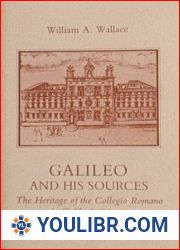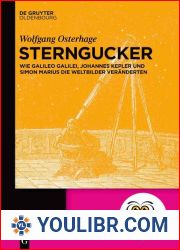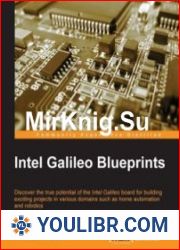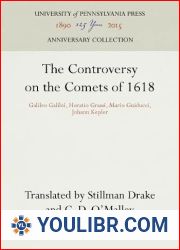
BOOKS - Galileo's Sidereus nuncius: A comparison of the proof copy (New York) with ot...

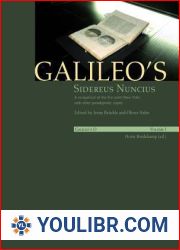
US $8.92

48072

48072
Galileo's Sidereus nuncius: A comparison of the proof copy (New York) with other paradigmatic copies (Vol. I). Needham: Galileo makes a book: the … of Sidereus nuncius, Venice 1610 (Vol. II)
Author: Irene Bruckle
Year: January 1, 2011
Format: PDF
File size: PDF 41 MB
Language: English
Year: January 1, 2011
Format: PDF
File size: PDF 41 MB
Language: English
Galileo Galilei's Sidereus Nuncius or and "Sidereal Messenger and " published in Venice in 1610, is one of those books that rewrote history, as did Copernicus' De revolutionibus and Newton's Principia. Its author's use of the telescope made it clear for the first time that celestial bodies like the moon have a surface just as craggy as Earth's. Galilei also realized that planets such as Jupiter form the center of their own planetary systems. His book would transform humanity's view of the cosmos forever. Afraid that his competitors would publish before he did, Galilei produced his work as if pursued by furies. Eight weeks after he wrote the first line it was on the market as a finished book. The first parts were already in the printer's workshop before the second part had been either researched or written. Traces of his breathless haste are apparent from the first to the last page but also add to the book's inimitable charm. It is all the more surprising then, that the Sidereus Nuncius' impact and influence has been studied but its physical origins as a book have not been. The most fundamental of questions, such as those of the book's printer, the material of its paper and the quality of its printed illustrations, have so far not even been raised, much less answered. The first volume presents the analyses made jointly by a group of paper analysts, materials scientists and book historians from the Prussian Cultural Heritage Foundation (Stiftung Preussischer Kulturbesitz), the Federal Institute for Materials Research and Testing (Bundesanstalt fur Materialforschung), the Technische Universitat Berlin, the Humboldt Universitat zu Berlin, the Graz University Library (Universitatsbibliothek Graz), the Rathgen Research Laboratory (Rathgen Forschungslabor) and the Fraunhofer Institute in 2007 and 2009. Research was based on a copy analyzed as galley proofs (New York), on one of the rare copies that remained uncut (Paris, now in Washington) and on a particularly significant copy from the completed print run (Graz). The second volume is by Paul Needham (Princeton University Library Scheide Library). The and "Pope and " of early modern book history, he followed for the first time the production of the and "Sidereal Messenger and " day by day from January until March 1610. Nobody has ever traced such a significant book's progress through the conceptual, organizational and technical turmoil of its production with comparable precision. Among the main results of his research was the finding that the Sidereus Nuncius was constantly being changed, even during its printing, so each of its 450 copies can in principle be regarded as an original. As well as a unique analysis of Galilei's Sidereus Nuncius on the four hundredth anniversary of the book's publication, these two volumes also present a model of cooperation among the various disciplines involved in the research on it.







